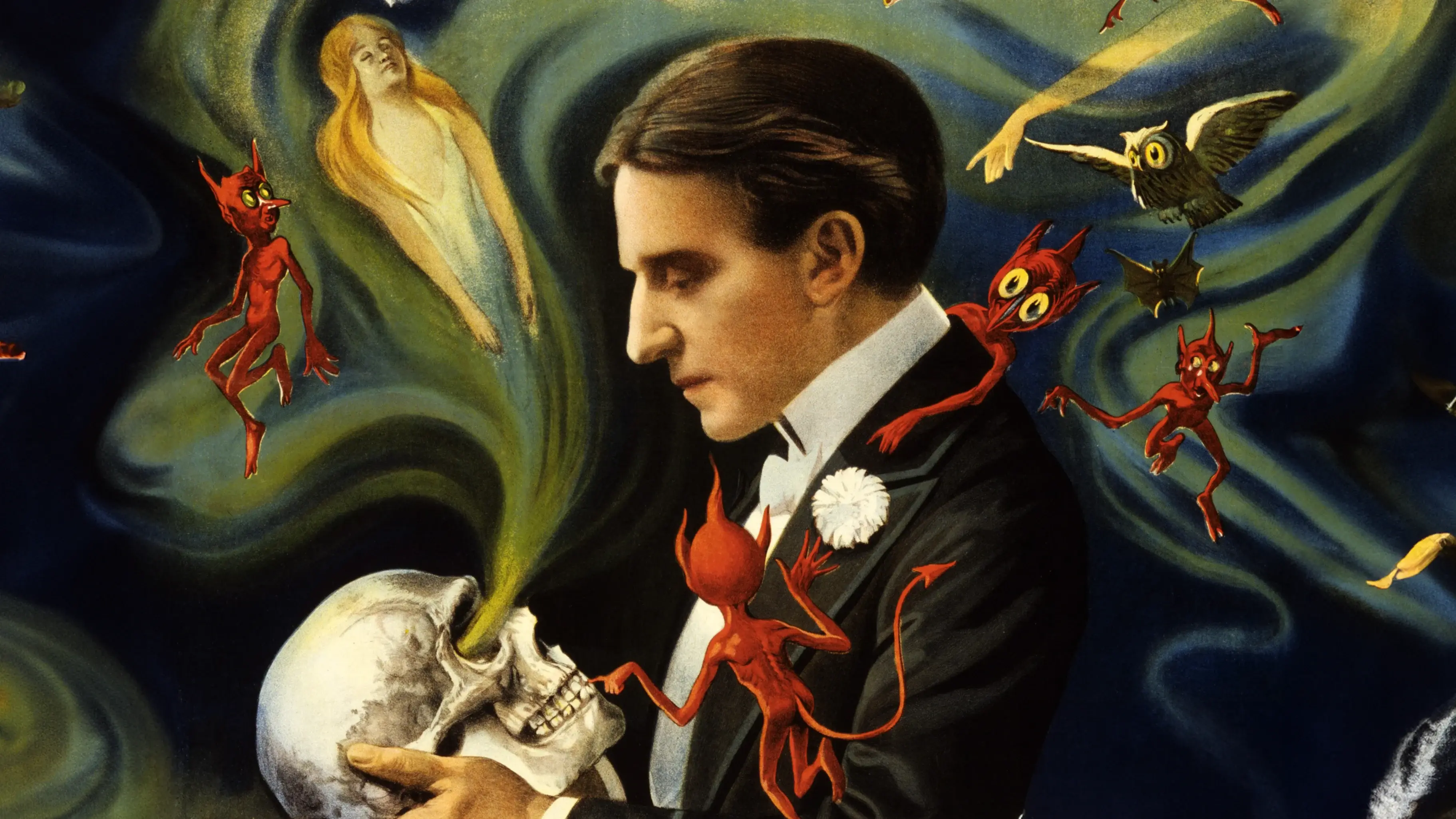Spirituality is no longer a fringe pursuit but a force shaping health, ethics, and politics in late modern societies. Once dismissed as private and unserious, it now permeates wellness industries, youth culture, and ecological movements, offering new ways to live and heal in an age of polycrisis. Yet its growing influence also carries risks: from exploitation and misinformation to conspiracy and abuse. Understanding spirituality’s complexity is crucial to navigating its role in shaping the future of care, community, and planetary survival.
Significant studies have focused on the decline of Christianity, and the rise of religious diversity and of the non-religious, in so-called Western societies over the past 50 years. Far less scholarly attention has been paid to parallel trends of increasing interest in spirituality, and nature-connection as often, but not always, intersecting worldviews. Scholars argue that spirituality has been taken less seriously than religion, given it is associated with women and the private sphere. Yet this is changing, due to the mainstreaming of holistic spirituality through the global wellness industry and in response to global polycrisis.
Research reveals the salience of spirituality in contemporary societies. PEW recently found that 48% of US adults identify as spiritual and religious, and 22% as spiritual but not religious (SBNR), equalling 70% spiritual in total. In Australia, the Spirituality and Wellness (SWell) Survey found 29% of adults describe themselves as SBNR, and 23% are spiritual and religious, 52% spiritual combined. In both societies, these are substantial percentages, and it is important to note how large numbers of people, and much higher in the US, can be both religious and spiritual, engaged in practices such as prayer, contemplation, and retreats in natural settings. Indeed, scholars note that spirituality can be Indigenous, religious and/or holistic/alternative, in the Australian and other contexts.
While religion is often framed as more serious, institutional, and problematic in terms of abuse of authority, spirituality is typically viewed as more individualised and benign, synonymous with authenticity, personal choice and freedom. Research reveals, however, that spirituality is not always so different to religion. Many spiritual practices and movements are deeply social, can be prescribed by spiritual leaders/influencers at the head of movements, organisations or companies, and can also pose some serious risks. This is evident in commercialisation and cultural appropriation of spiritual practices, abuse by spiritual leaders, and the uptake of conspiracy theories (‘conspirituality’) during the Covid pandemic. Both ‘religious complexity’ and ‘spiritual complexity’ are evident in late modern societies, with some religious and/or spiritual institutions declining, while others flourish, and with an ambivalence, pertaining to their contributions to wellbeing and possible harms.
While there is no agreed definition of religion or spirituality, contemporary spirituality can be described as entailing a sense of relational interconnection to something greater than oneself, be it to a deity/ies, other humans and/or the natural world, which informs ethics and (non)actions for self and planetary care.
___
It seems that motivation plays a significant role in determining whether spirituality can be beneficial or dangerous.
___






















Join the conversation